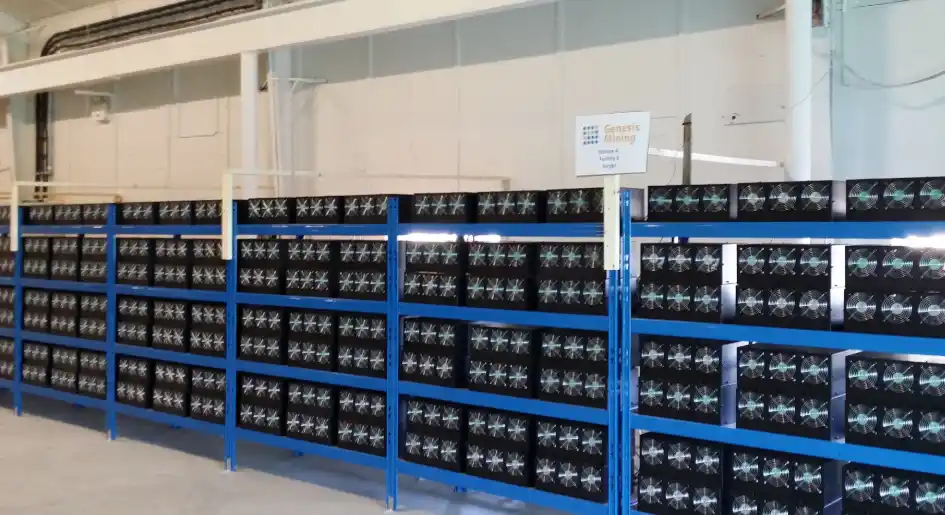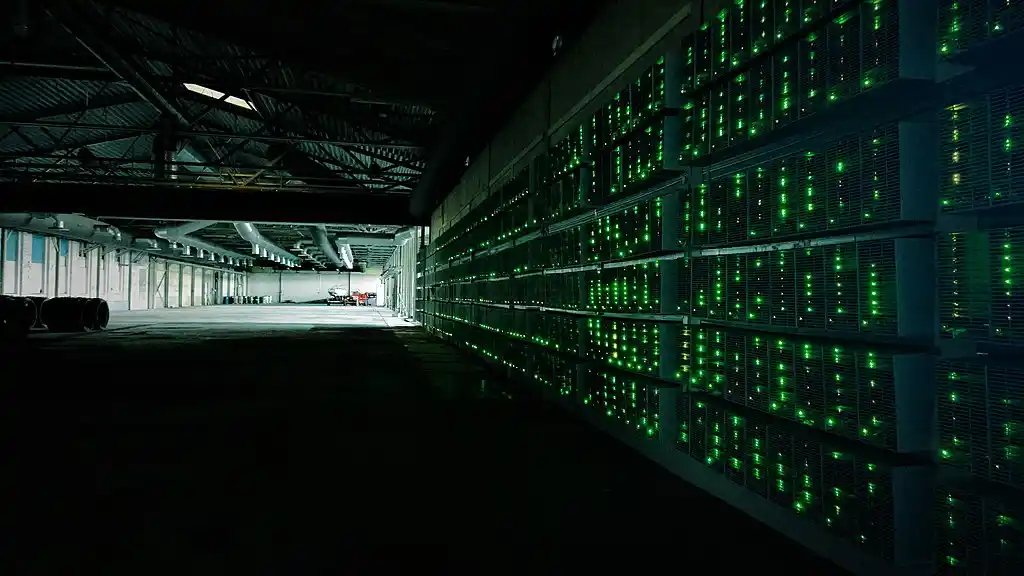When cryptocurrency was in its nascent stages, mining was feasible from home due to low mining difficulties…
As the landscape evolved drastically and sophisticated technology entered the chat, miners now face immense challenges of acquiring technical know-how, securing specialised and expensive equipment, and optimising electricity rates to remain competitive.
This is where cloud mining has been a boon to aspiring crypto-seekers, relieving them of the financial burdens of acquiring expensive equipment and maintaining it. This non-intensive setup, which involves renting hash power from mining farms, is ideal for miners who are deterred by the technical and financial barriers of personal mining operations. It not only navigates the complexities associated with hardware setup and maintenance but also democratizes access to mining rewards.
Let us delve into the world of cryptocurrency cloud mining, which also comes with its own set of challenges.
A Closer Look: How Cloud Mining Works
Cloud mining allows individuals to rent computing power from remote data centres to mine cryptocurrencies without having to own, manage, or maintain the physical mining hardware. It’s different from traditional mining, where companies or even individuals need to buy and operate their own mining equipment to generate new crypto tokens or coins.
Cloud mining at its core has a simple mechanism: individuals enter into contracts with providers or cloud mining platforms, who operate large facilities equipped with mining hardware. They run on behalf of the aspiring miners, who pay fees for this service, which are typically based on the computing or hash power they wish to use. While the providers take care of the operation and maintenance of the mining hardware, individuals receive a share of the cryptocurrencies mined, depending on the current market conditions and the amount of rented computing power.
For instance, if you want to mine Bitcoin, you’ll choose a package based on the desired duration and hash rate. The provider then allocates this power you have leased towards mining activities, distributing rewards based on the same proportion.

Types of Cloud Mining
There are two primary approaches to cloud mining: leased hash power, like the example above, and hosted mining.
- Renting hash power: This process of crypto cloud mining is akin to purchasing a stake in a cryptocurrency mining operation. It allows investors to lease a portion of the hash power of a mining farm without the burden of commitments tied to hardware. The subscription model allows investors to be free of the burdens of setup and equipment maintenance costs, eventually earning a share of the profits in proportion to the hash power one has rented. This streamlined path to participating in cryptocurrency mining takes place via user-friendly apps or platforms and fosters direct interactions between providers and investors.
- Host Mining: This is a popular hands-off approach for those individuals who want to avoid the logistical challenges of setup and maintenance but want to own their mining equipment. In this model, individuals buy the mining rig, entrusting its operations to specialized host facilities adept at handling the intricate mining operations. This allows individuals to monitor their rig’s performance from anywhere in the world, thanks to sophisticated web interfaces or software.
Is Cloud Mining Profitable?
Ah, that’s the pertinent question, isn’t it? Cloud mining’s appeal is the easy mining of cryptocurrencies sans all the hassles of hardware management, with individuals even reinvesting earnings to rent additional resources or boost hashing power, optimising their investment.
However, due to the competitive nature of cloud mining, profitability isn’t guaranteed. Firstly, it’s essential to choose the right cloud mining contract, as they vary in terms of investment size, duration, and risk levels according to investor profiles. Secondly, the fees beyond energy costs impede competition. If that wasn’t enough, there are a variety of other influencing factors, including commission fees, initial investments, available hashing power, the selection of potentially lucrative cryptocurrencies, and, perhaps the most important of them all, cryptocurrency market fluctuations.
The best way to ensure profitability is to choose a reputable and transparent cloud mining provider and to continuously budget and monitor expenses to effectively manage one’s cloud mining endeavours.
Can Cloud Mining Be Trusted?
As is the case with any new technology, especially when it concerns cryptocurrency, the looming question is: can we trust cloud mining?
The topic itself is quite contentious in the cryptocurrency community. Cloud mining does look like an intriguing way to begin earning cryptocurrency rather than purchasing it. After all, there’s no requirement to buy, install, or run software or hardware, and there are other technical issues. However, the high risk of scams and the lower profitability make it a challenge.
In the end, it’s important to carefully consider the potential returns and risks, thoroughly research the cloud mining service providers to ensure that they’re reputable, and finally select one that aligns with one’s investment goals. And, of course, the golden rule of investing is omnipresent: don’t invest more than you can afford to lose.
In case you missed:
- The Price Of Money: Can Cryptocurrency Go Green?
- Bitcoin Halving: Everything You Want to Know
- A Beginner’s Guide to Cryptocurrency Trading in India – Part 1
- Phantom Wallet: The Fastest-Growing Crypto Wallet
- Memecoins: Scheme-Coins Or Valuable Digital Assets
- A Beginner’s Guide to Cryptocurrency Trading in India – Part 2
- Are Cryptocurrencies Becoming an Asset Class?
- Should I Use An Anonymous Crypto Wallet?
- The Pi Network: IOUs, Coins, And The Network’s Future
- The Pi Mainnet Launch – What It Heralds For The Pi Coin and Pioneers













